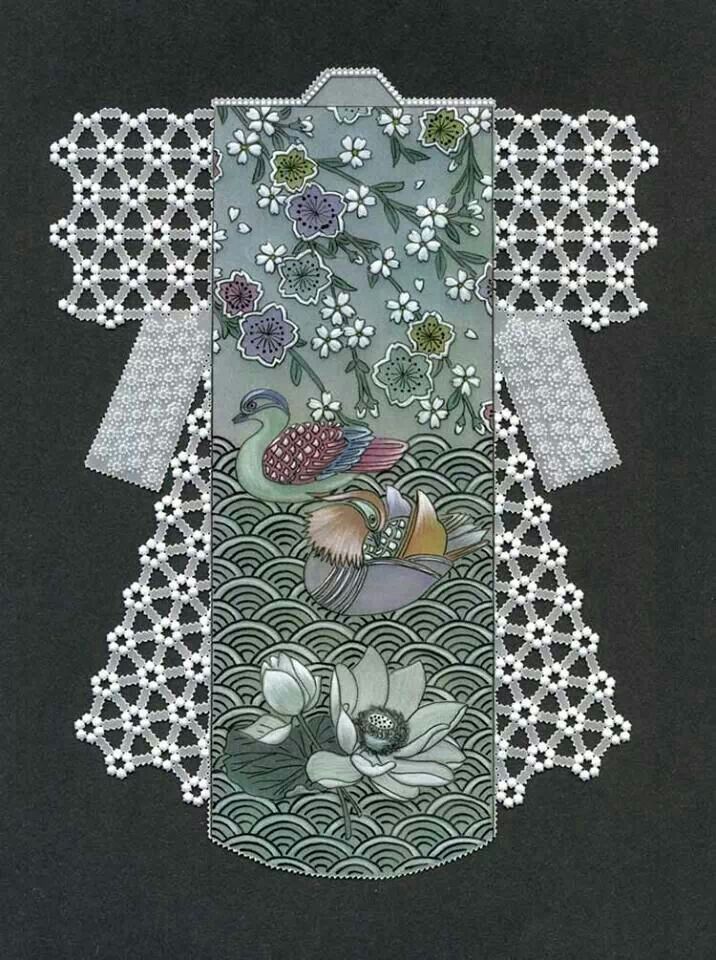
"Make one" can be used to refer to "to make a new stich." You can do this in many different ways, but the pattern will most likely indicate one. Choose the method that you want to use based on your preferences. You may find specific instructions in the pattern for making certain stitches. These techniques may have different special effects and are listed on a pattern for specific purposes.
M1L
M1L (pronounced "make one left") is a leftwardly leaning stitch used in knitting. It's most commonly used in combination with an increase to the left, but it can also be found on its own in a knitting pattern. It is almost identical to M1R. You work it by holding your knitting needles together so you can see the ladder between two stitches.

M1R
M1R stands for a knitted increase that results in a twisted stitch. It is usually used in the opposite direction to the M1L increase. It is located between the rows of the previous row. It is designed to increase the stitch without creating any gaps.
Knit Front back
Knit back and front is an easy way to increase your knitting projects. This is one of many basic stitches you should master to help increase a project.
KFB
M1 stands for "Make One". This stitch is similar to the yarn-over, but it increases number of stitches. The difference between M1 (and kfb) is that the former increases number of stitches by using a single stitch. The latter increases stitches between two existing stitches.
The front and back of knitting are not as intuitive as those that purl in the back and front.
Purling in the front and back is a common instruction in knitting patterns, abbreviated pfb. This is an easy stitch to master, especially for those who already know how knit. This technique is used to increase the number of stitches in each row.

It's easier to follow patterns
For beginners, pattern reading can seem overwhelming. You can make more projects and save yarn if you follow a basic pattern. Here are some tips to help you make pattern following more enjoyable.
FAQ
How do I find a hobby that interests me?
When you first start your journey into finding a hobby, you may feel like you've got nothing to choose from.
You might be thinking "I'm not very creative" or "I am terrible at sports" or even "I don’t know anything”.
There is a good chance that you have some experience with hobbies.
It's simply that you haven’t yet realized it.
Have a look at your home. How much stuff do you own?
Do you have any toys from the past?
Perhaps you own a collection or magazines.
Maybe you've always wanted to learn how to cook.
Perhaps you just want to pick up the guitar again.
It doesn't matter what it is, you can probably turn it into a hobby.
Realize that you have many experiences already.
Once you have done that, you will be able choose a hobby that suits your lifestyle.
What are some good hobbies?
You can find the best hobbies that you love doing for yourself. You'll be more motivated to do what you love. This will give you a reason for not feeling well, or tired.
Hobbies that we all know and love include gardening, painting and crafts, photography, cooking, sports and games, reading, music, film-making, collecting, cycling, walking, dancing, writing, playing instruments, etc.
Volunteering could be a great option.
If you're looking to do something more adventurous, You might consider scuba diving or skydiving.
There are many ways to enjoy nature, even if you don't want to travel far. These include caving.
What are your favorite hobbies right now
Popularity is not always a good thing. It is often used as an excuse for mediocrity. The fact is that most people do not have time to pursue any hobby they want. They're too busy working to make ends met. So what should you do if you don't have much free time? Start a business.
It's not easy. You will need to overcome many obstacles before your idea can become a reality.
So if you're looking for something more exciting than running a business, you should consider pursuing a hobby.
Hobbies are not limited to creative pursuits. There are many types of hobbies. There are many hobbies available, including:
-
Gardening
-
Cooking
-
Photography
-
Reading
What are good hobbies for seniors?
Senior citizens should have fun activities that they enjoy doing. Active seniors should take up sports and other physical activities.
They may want to join clubs that allow them to meet others with similar interests. As they age, this will help them feel less alone.
Seniors need to keep up with current trends. They could be interested in fashion, art, music and literature.
What are educational hobbies?
An educational hobby is an activity where you learn something by doing it. This could include anything from learning to play an instrument to playing sports.
The key thing is that it should be fun and enjoyable for you. While you don't need to do it every day, if bored you might consider other activities.
These activities can also be costly so make sure you don't spend too much.
Can I make money from my hobby?
Many hobbies can help you make extra money.
You might consider selling items that are related to your hobby if you are passionate about it.
You might consider setting up a website to sell rare stamps if you have a collection.
You can also make extra income by selling and buying stamps.
You could also create a YouTube channel to talk about your hobby.
This allows you to share your passion with others and potentially generate additional revenue by offering premium content.
What is a collection hobby?
Books, movies, music and comics are the most popular collections.
You can also collect anything from stamps to coins to cars to dolls to action figures to model kits to figurines to art supplies to tools to kitchen utensils to jewelry to watches to gadgets to clothes to furniture to antiques to...
I think you get the point.
Statistics
- The Role of the Mind in Sex, Dating, and Love: Men in the “humor” condition received phone numbers from 42.9% of the female participants and were refused 57.1% of the time. (time.com)
- Almost 80% of people claim to have no hobby. (hobbylark.com)
- The intensity of the dialogue partners' bond at the end of the forty-five-minute vulnerability interaction was rated as closer than the closest relationship in the lives of 30 percent of similar students. (time.com)
- Much of this decline reflects the fact that teens are less likely to work today than in the past; among employed teens, the amount of time spent working is not much different now than it was around 2005. (pewresearch.org)
- A new survey by Pew Research Center of teens ages 13 to 17 finds that 36% of girls feel tense or nervous about their day every day; 23% of boys say the same. (pewresearch.org)
External Links
How To
How to start gardening
Gardening is one among the oldest forms. It requires patience, persistence, and determination. You must choose a suitable location to start your garden. This could be a large plot of land or even just a small area in your backyard. Next, decide what type of plants you want to grow. Are you more fond of flowers or vegetables? Some people enjoy growing herbs while others love raising livestock such as rabbits. Before you decide on what type of crops to plant you need to take into consideration how much space you have. If you live somewhere that has cold winters, it might be a good idea to grow berries or fruits.
After choosing what you want to plant you need to prepare your soil. The soil is crucial in determining whether your plants thrive or not. Good quality soil contains organic matter that helps feed your plants' roots. Organic matter includes leaves, twigs (grass clippings), manure, compost, and manure. After you have prepared the soil, you will need to add nutrients. You might need different amounts, depending on the species of plants that you want to grow. An online fertilizer calculator can help you calculate these values. There are many fertilizers available so be sure to know what you are purchasing.
After preparing your soil and adding the proper nutrients, you now need to wait until your seeds germinate. The process takes between 2 weeks and 3 months depending upon the climate in your area. Once your seeds have sprouted, you need to water them regularly. Too much or too little water can cause problems. Ensure you give your plants enough water at regular intervals and avoid overwatering. Overwatering can cause root rot or fungal diseases. Keep in mind that plants are more thirsty during summer than winter. Keep in mind that certain plants may need to be dried after being watered. For example, tomatoes need to stay slightly moist but not wet. They are not happy to be in soggy soil. After the plants have finished flowering they must go dormant. Plants go dormant when they stop producing new growth and instead store energy for next year's harvest. The plant ceases sending signals to its roots to produce food during dormancy. The plant continues to store energy during this time. The plant will eventually die if it is not given enough sunlight or temperatures below freezing.
Urban environments may limit the variety of plants you can grow. Urban areas tend to contain concrete sidewalks, roads, buildings, and parking lots that block sunlight from reaching the ground. Concrete absorbs sunlight, which prevents the soil beneath from getting enough sun exposure. Many plants are unable to survive in urban areas due to the lack of sunlight. There are many plants that can survive in urban environments. Many trees, shrubs, and perennials can adapt to city living. In addition, many annuals can be grown indoors in containers. Container gardens allow you to bring fresh greenery into your home year-round regardless of the weather outside.
You are now ready to plant your garden!